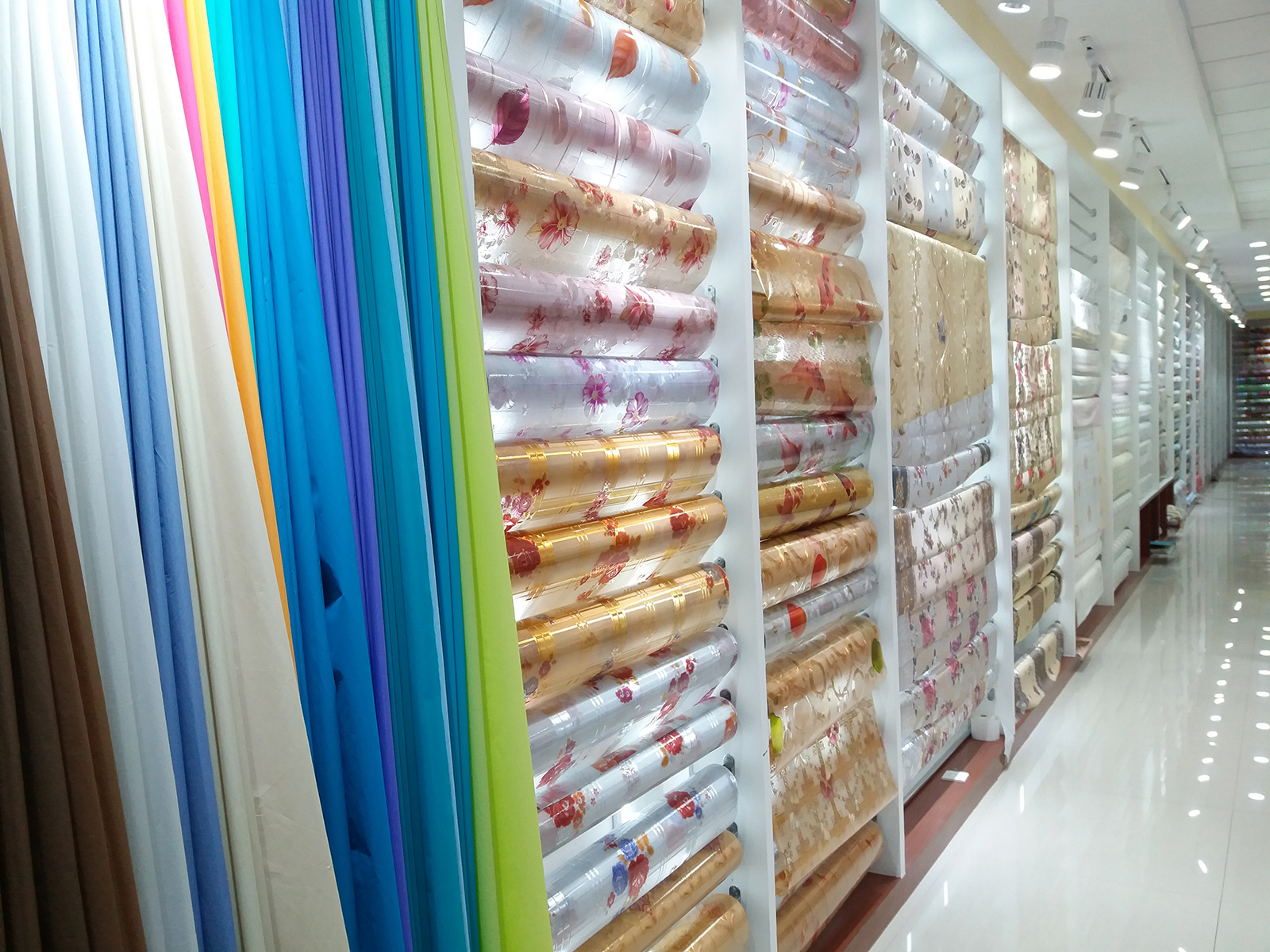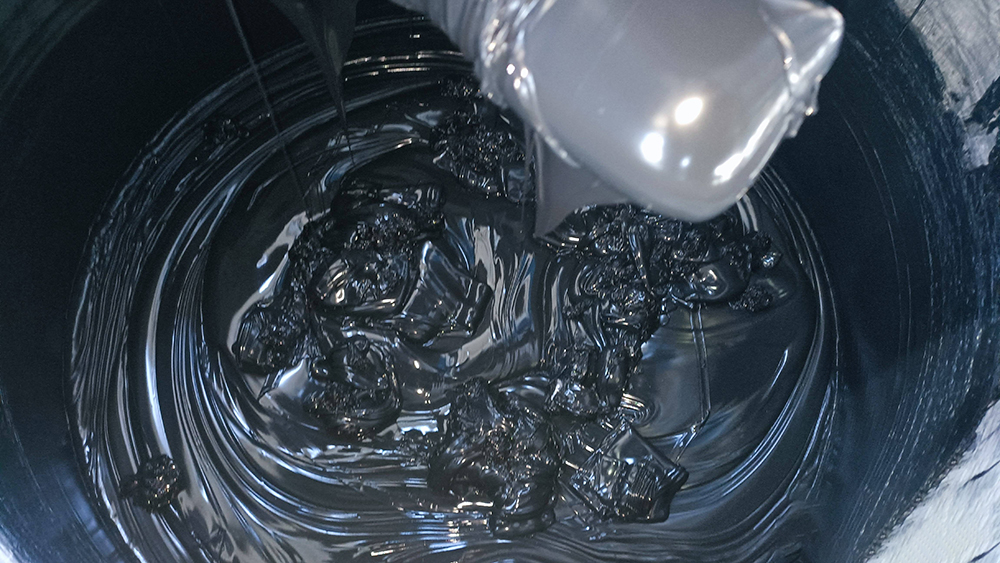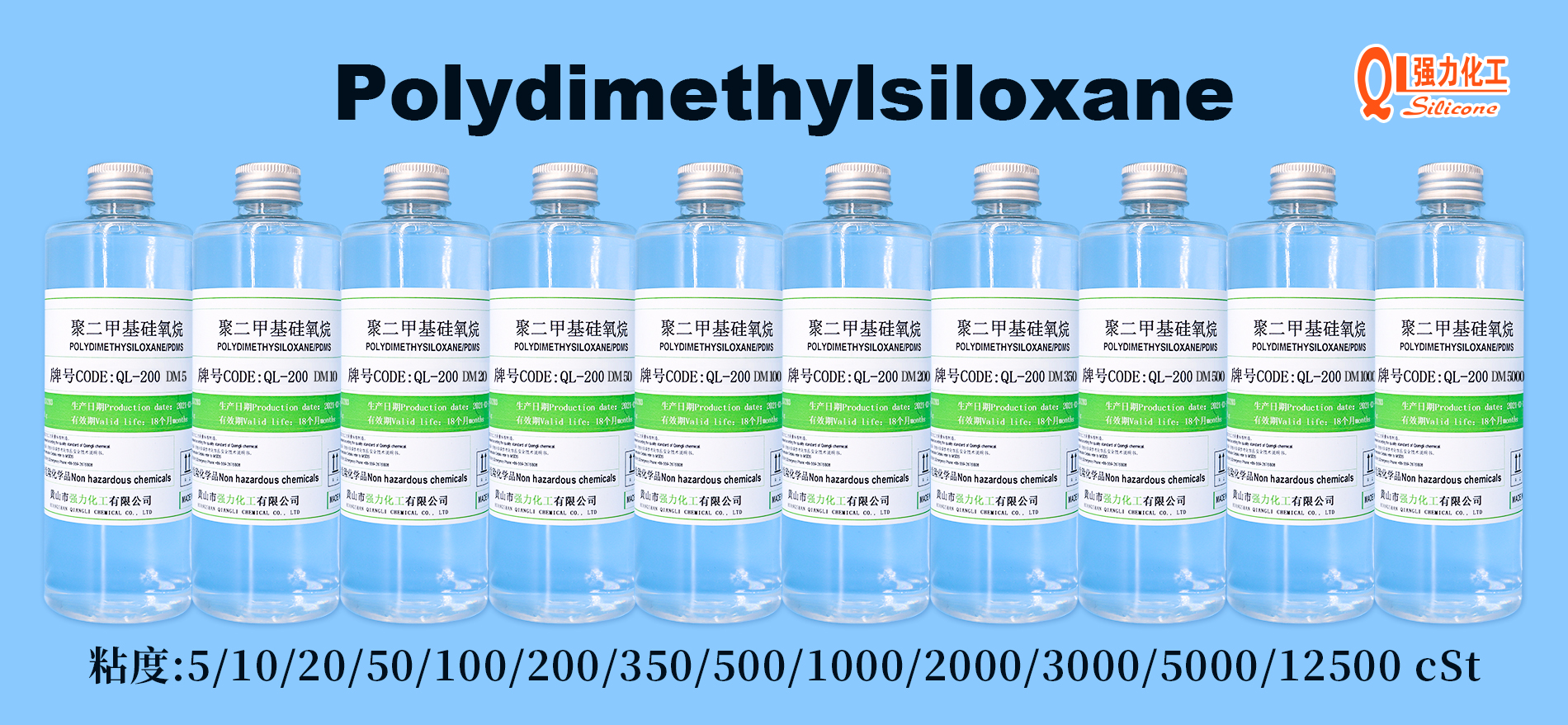
1. Common problems of flexibility
1. Alkaline problem
Cotton fabrics are usually pre-treated with a higher concentration of alkali to remove fabric impurities (especially the amount of mercerized alkali is larger), and alkali is not easy to wash when it enters the fiber, and alkali is also added when dyeing (reactive vat dyes), so in The surface of the cloth may be alkaline during finishing. However, chemical fiber fabrics must undergo reduction cleaning after dyeing. At present, printing and dyeing factories are still using hydrosulfite and caustic soda for cleaning. Ordinary silicone oil is not resistant to alkali and will break emulsion under alkaline conditions. Therefore, the soft cloth surface must be washed with alkali to keep the pH in a neutral range.
2. Condensation problem
On fabrics containing short fibers (cotton cloth, T/R cloth, velvet), it is inevitable that some short fibers will fall off during the processing, and the short fibers falling from the cloth will cohere with ordinary silicone oil. The demulsified silicone oil sticks together, forming sticky rolls or spots. When the water quality is relatively poor, it will also condense with ordinary silicone oil to produce sticky rollers, and a similar situation will also exist in fluffy fabrics.
3. The problem of sticking cylinders
When softening, ordinary silicone oil will stick to the cylinder wall. After a long time, some black oil spots will form on the cylinder wall, and silicone oil spots will form on the cloth surface.
4. Feeling problem
Due to the higher and higher requirements for the hand feel of fabrics in the market, and various fabrics need to show various style requirements due to different seasons and different customer requirements. Some require smooth drape, slippery and flexible, and fluffy. Soft, purely elastic, etc. A silicone oil generally can only reflect one style.
5. Yellowing problem
Heat Yellowing:
A longer period of shutdown during operation causes the fabric to remain yellow and the amino hydrogen of amino silicone oil is easily oxidized by air to form a chromophore, which turns yellow. The product turns brown, and the brown color makes white fabrics look like they've lost their most basic whiteness or are simply yellowed. If the pH is too high, the accompanying substances of the cotton fabric will turn yellow when the drying temperature is too high.
6. Cost issues
At present, the most confusing problem for printing and dyeing factories is the cost problem. Due to the rising prices of water, electricity and gas, but the printing and dyeing processing fees are not high, many printing and dyeing factories have been busy for a year, but basically have no profit. Therefore, cost control is the key to printing and dyeing. problems to be solved by the factory. The cost of finishing auxiliaries is a big part of printing and dyeing factories, so reducing the cost of finishing auxiliaries is an urgent problem for printing and dyeing factories to solve.
2. Causes and treatment methods of silicone oil spots
1. How to deal with the silicon spots on the surface of the fabric after setting?
For silicon spots on polyester fabrics, it can be removed with degreasing agent and soda ash (use degreasing agent and treat under alkaline conditions of 80-90 degrees), or it can be removed with silicon remover and soda ash.
For pure cotton and polyester-cotton fabrics, after the silicon spots on the fabric are generally removed, the color of the fabric will become lighter, and the fabric needs to be re-dyed.
2. Silicone stains sometimes appear when amino silicone oil emulsion is used together with color fixing agent and soft oil, but not when used alone. Why?
Amino silicone oil is incompatible with additives such as color fixing agent and soft oil, resulting in floating silicone oil.
Amino silicone oil emulsion is a cationic surfactant (or weakly cationic), and many chemicals used in the dyeing process are anionic surfactants, such as: dyes (some dyes are anionic), leveling agents, diffusing agents, color fixing agent. . . , these chemicals are after dyeing and finishing processing, before softening and finishing, once the water washing is not thorough, when the cationic amino silicone oil series softener reacts with the anionic substances in the dye bath, the cationic amino silicone oil emulsion will break and the floating oil will appear soft. Spots (silicon spots), the effective way is to strengthen the full washing before softening, preferably not in the same dyeing machine for softening. After dyeing and washing, the fabric is poured out and softened in a padding car (special softening tank). It can effectively avoid or reduce the formation of soft spots (silicon spots).
3. How to deal with silicon spots on woolen sweaters?
In general, manufacturers of silicone oil and softener will develop matching silicon strippers to facilitate the cleaning of stickiness or silicon spots during operation, but most of them cannot completely solve the problem and can only alleviate it.
In the actual factory operation process, many manufacturers who successfully solve the problem use gun water and Jiebao to deal with it.
The operation process is as follows:
First use Dajie Wang gun water to soak the problem part for 10-30 minutes. During the soaking process, the gun water is very volatile, so it should be sealed as much as possible, and then washed gently. If there is no gun water, you can also use Thinna water instead .
After the treatment, the problem part will still have slight traces, but use Jiebao additives to clean it. After cleaning, the fabric will smell. It needs to be dried with cold air when it is 80% dry. The whole process must be done with gloves .
4. Removal of silicone softener on knitted finished fabric?
Silicone softeners can give knitted fabrics a soft, smooth, plump and elastic feel, as well as anti-wrinkle, wear-resistant, washable, and good sewing properties, which greatly increases the added value of the product, so it is favored by customers.
The silicone softener has stable chemical properties, belongs to the non-water-soluble macromolecular structure, and has a strong ability to adsorb the fiber surface, and some active groups form chemical bonds with the fiber or undergo self-crosslinking, forming an elastic network structure with a high degree of polymerization on the fiber surface. Therefore, it is difficult to remove the silicone softener on the finished knitted fabric by ordinary methods.
However, the rate of re-dyeing and repairing of knitted fabrics is relatively high. If the silicone softener on the fabric surface is not removed before re-dying or repairing, the fabric will not be colored at all. If it is not removed cleanly, it will cause obvious coloring. Only Restaining and refinishing can be done only after silicone softener has been removed from the reworked fabric.
After trial and error and mass production promotion and application, a method that can effectively remove the silicone softener from the finished knitted fabric has been found out.
(1) Polyester fiber molecules on all-polyester knitted fabrics do not have polar groups such as hydroxyl groups. The use of strong alkaline caustic soda and silicon remover can make the removal effect of silicone softener on the fabric surface reach 4 levels, and the fabric can be re-dyeing and returning There will be no color flowers in the repair.
(2) Cotton knitted fabrics have a large number of hydroxyl groups on the cotton fiber molecules. Only by using 27.5% hydrogen peroxide, together with Akesan and caustic soda, can the chemical bonds or self-crosslinks formed between amino silicon and fibers be destroyed to achieve full emulsification and inclusion removal. The effect of silicone softener.
(3) Polyester/cotton blended knitted fabric contains both polyester and cotton fiber molecules, which are removed by Akesan AD and silicon remover.
5. How to use biological enzymes to remove silicone spots on cotton knitted light blanks?
1) The cause and treatment process of silicon spots
Adding some additives in the pretreatment and dyeing process of cotton knitted fabrics can remove impurities in the fibers and improve the brightness of cotton fabrics, but the hand feels hard after dyeing. In order to improve the hand feel and wearing performance of cotton knitted fabrics, in the last process After adding silicone softener, it is found that there are many small black spots on the surface of the fabric when the fabric is released, that is, silicon spots.
From the analysis of the molecular structure, the main component of the selected silicone softener is Si-0 and the structure CH3-0-SiC2H6-Si-(-0-SiC2H6-)n-SiC2H6-Xx is an alkyl group and the n is more than 100. Because the silicone softener molecule has a chain structure, the softener model is pumped into the machine after being stirred by a pump, and the softener circulates in the dyeing vat through the pump, breaking the chain structure of the softener molecule, resulting in silicone demulsification ( floating oil), sticking to the surface of the fabric, forming silicon spots.
Soaping and hot washing cannot be removed. After a long period of exploration, we finally use biological enzyme treatment to remove the silicon spots.
2) The principle of biological enzyme treatment
(Choose an appropriate amount of cellulase concentration, temperature, time, model,) Cellulase with bioactivation of biological enzymes, which can degrade the biodegradation, can make the 1.4 glucosidic bond in the cellulose fiber molecule It is hydrolyzed into soluble oligosaccharides or glucose in a short period of time. Due to the large molecular volume of biological enzymes, it is difficult to penetrate into the interior of the fiber, so the hydrolysis will only limit the surface of the fiber, weakening the bond between the small hairs on the surface of the fiber and the main fiber. The force, and then through the solution, the operation process in the machine is also the mechanical friction between the fabric and the fabric, and the fabric and the inner wall of the machine. These silicon spots and the small hairs on the surface of the fabric fall off together, and the silicon spots are removed after washing. In addition, the surface structure of the fabric is clearer, which also plays a role in finishing the fabric.
3) Enzyme treatment process
Technological process: the gray cloth enters the vat, hot washing, cold washing, pH adjustment, enzyme treatment, hot washing, dehydration, drying, cloth inspection, calendering
Dyeing and chemical additives and process prescription biological enzyme Xg/L, buffer lg/L, softener 3lg/L, pH-4.5-5.5 liquor ratio 1:8-12, enzyme treatment temperature 55-60°C, after 60 minutes Heat up to 80°C, keep warm for 15 minutes; soft; temperature: 40°C*20 minutes.





